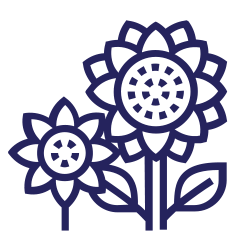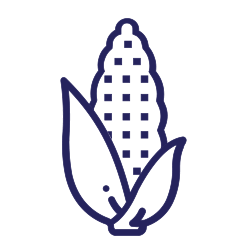Section Title
Pigweed Threatens Manitoba Crop Production
- Whole Farm
By Tammy Jones, former Weeds Specialist with Manitoba Agriculture and Resource Development
Pigweed has been a consistently problematic weed in Manitoba based on the Agriculture and Agri-Food Canada Weed survey information. It ranked #8 in relative abundance according to the weed survey conducted in 2016, which is actually down from #6 in 2002 and #5 in 1997. With Group 2 herbicide resistant redroot pigweed levels increasing, that ‘easy weed’ is becoming harder to control, but we are also finding more species. The pigweed species that caught many by surprise in 2019, even though the threat was imminent: Waterhemp – and its Group 2 and Group 9 resistant.
Waterhemp was confirmed in 5 new municipalities in the province in 2019. While plants have been sited in Manitoba in previous years, the severity of the infestations this past year were a significant cause for concern. Previous discoveries in Manitoba involved small patches or individual plants but this year’s detections involved a substantial number of acres, a significant hours of rogueing, mowing and spraying to destroy plant material. This will also mean years of monitoring and surveillance to ensure this Tier 1 Noxious Weed has been eliminated, as required by current legislation.
Distribution of waterhemp in Manitoba and surrounding areas
Waterhemp had been detected in the US Red River Valley in the 1990s, with the first confirmed herbicide resistance populations discovered in Iowa and Illinois in 1993 to the Group 2 herbicide imazethapyr. The first Canadian confirmation of herbicide resistant waterhemp (to that same active ingredient) occurred in 2002 in Ontario. And while the waterhemp populations were spreading in the US and developing different combinations of herbicide resistance (to Groups 2, 3, 4, 5, 9, 14, 15 and 27), Manitoba had been relatively fortunate to have a very limited number of detections. Media sources indicated that the threat was creeping closer, spreading across eastern North Dakota and being found in more counties in Ontario. So when the calls started coming in 2019, there should have been no surprise. As many have said, weeds do not respect borders.


Identification
Waterhemp has oval to lance or spearhead shaped waxy-looking leaves, that grow 3-6 inches long with an alternate leaf arrangement on a hairless stem. It typically grows 4-5 feet tall but can grow to more than 10 feet tall. Waterhemp is dioecious (meaning there are distinct male and female plants), and many small green flowers form an inflorescence in July-September, and the terminal inflorescence can be more than 1 foot long, with many thin lateral branches that produce on average 250,000 seeds per plant.
The description of mature waterhemp does not sound at all like redroot pigweed, but as small plants they do look very similar. Two consistent differentiators used to identify waterhemp versus redroot pigweed; hairs on the stem and the seed head.

Management
There is no easy answer for controlling waterhemp. It germinates throughout the summer when there is sufficient sunlight, and with reduced tillage situations light is less limited for these seeds. This flushing germination means that one herbicide application is unlikely to be effective, especially for wider row spacing or row crop situations. Waterhemp will establish in ditches and wet areas, and seems to be competitive even with established perennial grasses in those ditches.
Ontario has more experience with waterhemp than Manitoba, and it is interesting to note that waterhemp is not usually detected in winter wheat fields. With narrow rows and earlier crop canopy closure, it seems as though waterhemp is at a disadvantage. The number of extremely effective pre-emergent and in-crop broadleaf herbicides available for cereal crops are also excellent tools for management. And finally, the early harvest of cereal crops, relative to corn or soybean may limit seed set and allow for effective post-harvest management.
These strategies, in addition to crop rotation, machinery sanitation to prevent seed spread and destruction of escaped weed patches will slow the spread of this significant weed. If a field becomes infested with waterhemp, Ontario counterparts estimate that weed control costs will increase by $45 to $60/acre. This is why eradication of waterhemp is the ultimate goal.
















